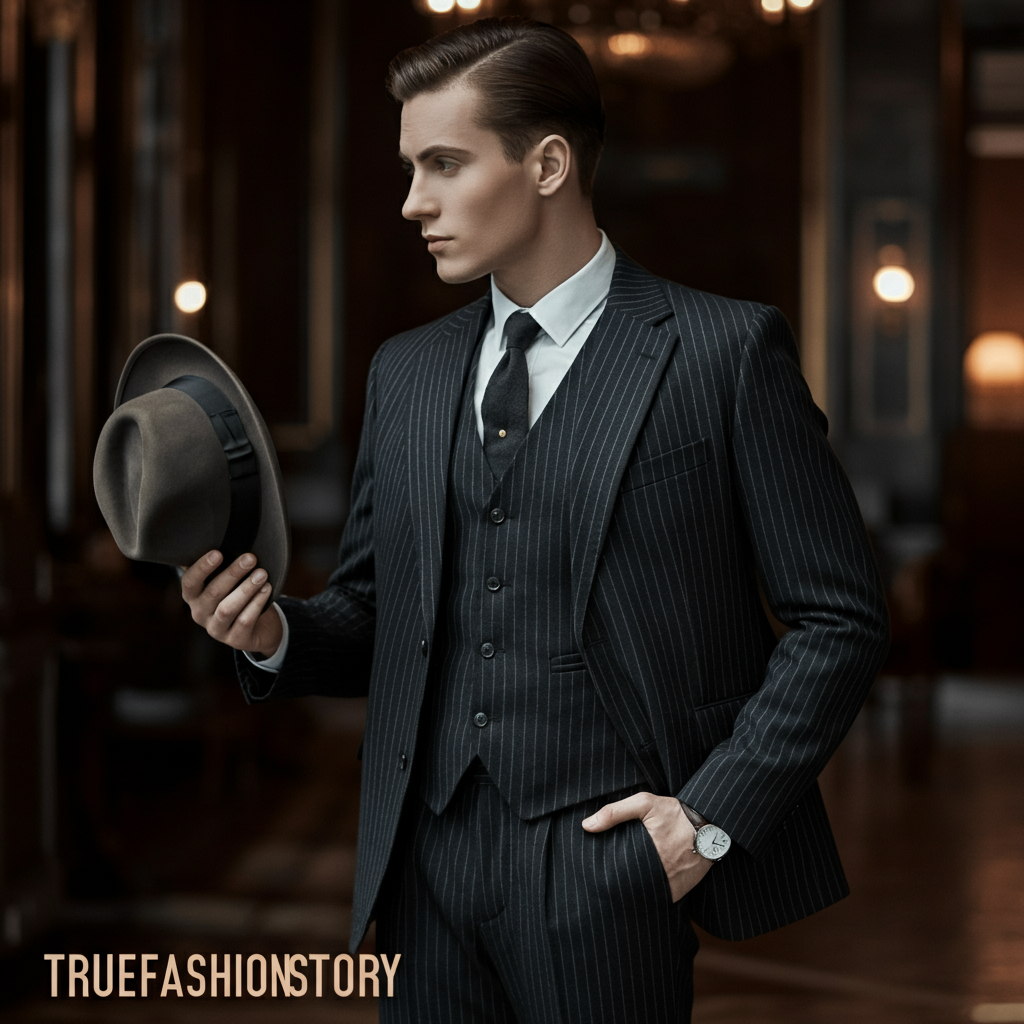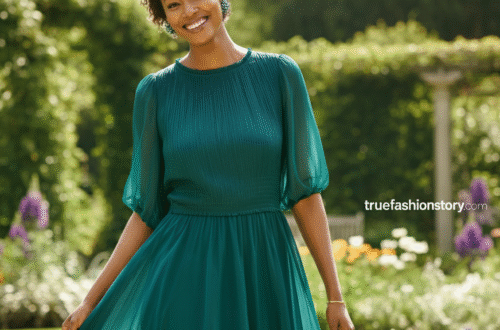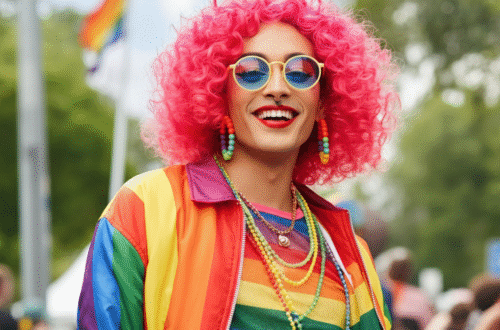The 1920s, often called the Roaring Twenties or the Jazz Age, was a decade of massive social and cultural change. Following the end of World War I, a new spirit of modernism and rebellion swept across the United States. This era wasn’t just about flapper dresses and jazz music; men’s fashion underwent a dramatic transformation, moving away from the stiff, formal attire of the previous century. The roaring 1920s mens fashion was all about a slimmer silhouette, more casual fabrics, and a newfound sense of personal expression.
This guide will walk you through the key elements that defined this iconic decade in menswear. We’ll explore everything from the sharp suits worn by gangsters and businessmen to the casual sportswear that gained popularity. Prepare to step back in time and discover the styles that continue to influence fashion today.
Key Takeaways
- The 1920s saw a shift from formal Victorian styles to a more relaxed and youthful silhouette for men.
- The three-piece suit was the cornerstone of a man’s wardrobe, but styles became less restrictive with softer shoulders and higher waists.
- Casual and sportswear, like plus fours and sweaters, became popular for leisure activities.
- Hats were an essential accessory, with the fedora and straw boater being among the most common.
- Iconic looks were popularized by figures in entertainment, sports, and even notorious gangsters, shaping the decade’s style.
The Evolution of the Men’s Suit in the 1920s
The suit was the uniform for men in the 1920s, but it was a far cry from the heavy, dark suits of the past. The defining look was the “jazz suit,” which featured a higher-waisted, single-breasted jacket that created a leaner and more youthful profile. Trousers were similarly slim at the top but often flared slightly at the bottom. This new silhouette was a reaction against the rigid formality of the pre-war era, reflecting a society eager to embrace modernity and freedom.
Designers began using lighter wools and fabrics, making suits more comfortable for everyday wear. The shoulders were natural and unpadded, a stark contrast to the structured look of previous decades. Lapels on suit jackets became narrower, contributing to the overall sleek appearance. This evolution was about more than just aesthetics; it was about a new way of living that valued comfort and movement. Men were no longer confined to boardrooms; they were going to jazz clubs, sporting events, and social gatherings, and their clothing needed to keep up.
The Classic Three-Piece Suit
For any formal or business occasion, the three-piece suit was the standard. It consisted of a jacket, a vest (waistcoat), and matching trousers. While the components were traditional, the roaring 1920s mens fashion put its own spin on the look. Vests were often cut high, sometimes showing just above the buttoned jacket. Trousers featured a high waist, held up by suspenders (braces) rather than belts, which were considered more casual.
The fabrics and patterns were also distinctive. Pinstripes, windowpane checks, and subtle plaids became popular choices, adding a touch of personality. Colors moved beyond basic black and navy, with shades of brown, grey, and even light blues entering the mainstream. This classic ensemble projected an image of sophistication and success, making it the go-to choice for businessmen, politicians, and any man looking to make a respectable impression.
Day vs. Evening Wear
A well-dressed man in the 1920s understood the importance of dressing for the occasion. The distinction between day and evening wear was clear and strictly followed.
Daytime Attire
For daily business and casual outings, men wore the aforementioned three-piece suits in wool, tweed, or flannel. The colors were typically more subdued, like charcoal, navy, or brown. The goal was to look sharp and put-together without being overly formal.
Formal Evening Attire
Evening events required a tuxedo, or “black tie.” The 1920s tuxedo featured a black or midnight blue tailcoat or a shorter dinner jacket, paired with trousers that had a single silk or satin stripe down the side. A white dress shirt with a stiff, detachable wingtip collar, a white bow tie, and a white waistcoat completed the look. Polished black patent leather shoes were non-negotiable. This was the uniform for galas, opera nights, and exclusive parties, epitomizing elegance and old-world charm.
Trousers and Shirts: The Foundation of the Look
Beneath the jacket and vest, the right trousers and shirt were crucial. The 1920s introduced new styles that prioritized both fashion and function, breaking away from the stiff conventions of the Victorian era.
From High Waists to Oxford Bags
Trousers in the early part of the decade were relatively slim and straight-legged, with a very high waistline. They were always worn with suspenders, as belts were not yet a staple for formal trousers. A defining feature was the crisp, pressed crease down the front, which helped create a sharp, elongated silhouette.
However, a radical new style emerged from university students: Oxford bags. These were extremely wide-legged trousers, with some measuring up to 25 inches in circumference at the hem. Legend has it they were designed to be worn over the plus-four knickers required for sports. While they were a fad and not universally adopted, they represented the youthful rebellion that characterized the decade’s fashion. For a deeper dive into unique historical styles, check out some articles at truefashionstory.comBlog.
The Rise of the Soft Collar Shirt
Before the 1920s, men’s dress shirts featured incredibly stiff, detachable collars that were often uncomfortable. The Jazz Age ushered in the era of the attached, soft-collared shirt. This was a major step towards modern comfort. These new shirts often came in patterns and colors, moving beyond basic white. Stripes of all kinds—thin, bold, and multi-colored—were especially popular.
The most common style was the button-down shirt with a pointed collar, though rounded club collars were also in fashion. French cuffs, fastened with elegant cufflinks, were a sign of a well-dressed man. This shift to softer, more colorful shirts was a key element of the more relaxed and expressive roaring 1920s mens fashion.
Essential Outerwear and Sportswear
As leisure time became more common, so did a new category of clothing: sportswear. Men’s outerwear also evolved to match the sleeker styles of the time, providing warmth without sacrificing sophistication.
The Overcoat: A Statement of Style
A man’s outfit wasn’t complete without a proper overcoat, especially during the colder months. The most popular styles were the Chesterfield and the Ulster coat. The Chesterfield was a classic, single-breasted coat, often with a velvet collar, that offered a tailored, streamlined look. The Ulster coat was a heavier, double-breasted alternative, known for its large collar and durable tweed fabric, making it perfect for harsh weather. These coats were long, often reaching the calf, and were cut to fit smoothly over a suit.
The Influence of Sports on Fashion
The 1920s saw a boom in spectator sports and recreational activities, which had a huge impact on casual menswear. Golf, tennis, and motoring all required specific, practical clothing that soon crossed over into everyday fashion.
- Plus Fours: These baggy knickers, which ended four inches below the knee, were essential for golf. They were often made of tweed or flannel and paired with argyle socks, a sweater, and a flat cap.
- Tennis Sweaters: The classic V-neck cable-knit tennis sweater, usually in white or cream with colored stripes along the neckline, became a popular piece of casualwear.
- Blazers: The navy blue blazer, originally associated with boating and yacht clubs, was adopted for more general casual wear. Paired with light-colored trousers, it created a look that was relaxed yet refined.
Must-Have Accessories for the 1920s Man
Accessories were what truly completed an outfit in the 1920s. From the top of a man’s head to the tip of his shoes, every detail was carefully considered to convey status and style.
The Indispensable Hat
A man would not leave his house without a hat. It was the most important accessory, and different hats were worn for different seasons and occasions.
- Fedora: The felt fedora, with its indented crown and soft brim, was the go-to hat for businessmen and city dwellers.
- Straw Boater: In the summer, the stiff, flat-topped straw boater was the hat of choice for casual and outdoor events.
- Homburg: More formal than a fedora, the Homburg had a single crease down the center and a curled brim.
- Newsboy Cap: Also known as a flat cap, this was a working-class staple that was also adopted for casual and sporting wear.
Shoes and Footwear Styles
Men’s shoes in the 1920s were elegant and often decorative. The two-tone spectator shoe, typically in black-and-white or brown-and-white leather, is one of the most iconic footwear styles of the decade. These were worn for both casual and dressy occasions. For business and more conservative settings, the cap-toe Oxford in black or brown was the standard. Spats, or gaiters, were a fashionable accessory worn over shoes to protect them from mud and add a dapper touch.
Table: Daytime vs. Evening Fashion Essentials
|
Feature |
Daytime Wear |
Evening Wear |
|---|---|---|
|
Suit |
Three-piece suit in wool or tweed |
Black or midnight blue tuxedo |
|
Shirt |
Striped or colored soft-collar shirt |
White dress shirt with wingtip collar |
|
Trousers |
Matching suit trousers, high-waisted |
Formal trousers with a side stripe |
|
Hat |
Fedora, Homburg, or Flat Cap |
Top hat (for the most formal events) |
|
Shoes |
Cap-toe Oxfords, Spectator shoes |
Black patent leather Oxfords |
|
Tie |
Necktie in silk or wool |
White or black bow tie |
Style Icons of the Roaring Twenties
The fashion trends of the 1920s were heavily influenced by movie stars, sports heroes, and even royalty. These figures set the standard for what it meant to be a stylish man. The Prince of Wales (later Edward VIII) was a major trendsetter, popularizing plus fours, Fair Isle sweaters, and the Windsor knot.
On screen, actors like Rudolph Valentino and Douglas Fairbanks showcased the ideal romantic and adventurous hero, dressed in perfectly tailored suits. In the world of sports, golfer Bobby Jones made plus fours and argyle socks a signature look. These icons demonstrated how to wear the roaring 1920s mens fashion with confidence and charisma, and men across the country followed their lead.
Frequently Asked Questions (FAQ)
Q1: What was the most popular men’s suit style in the 1920s?
The most popular style was the three-piece suit featuring a single-breasted, higher-waisted jacket, a vest, and slim, high-waisted trousers. This “jazz suit” created a leaner, more youthful silhouette than the styles of previous decades.
Q2: Did men wear jeans in the 1920s?
No, jeans (or denim trousers) were considered workwear for laborers, farmers, and miners. They were not part of mainstream fashion and would not have been worn for social or business occasions.
Q3: What kind of hats did men wear in the 1920s?
Hats were essential. The most common styles were the felt fedora and Homburg for city and business wear, the straw boater for summer, and the cloth newsboy or flat cap for casual and working-class men.
Q4: How did gangsters in the 1920s dress?
Infamous figures like Al Capone embraced the height of fashion, often dressing in expensive, flashy suits. They favored bold pinstripes, double-breasted jackets, light-colored fedoras, and expensive accessories to display their wealth and power, heavily influencing the public perception of roaring 1920s mens fashion.





